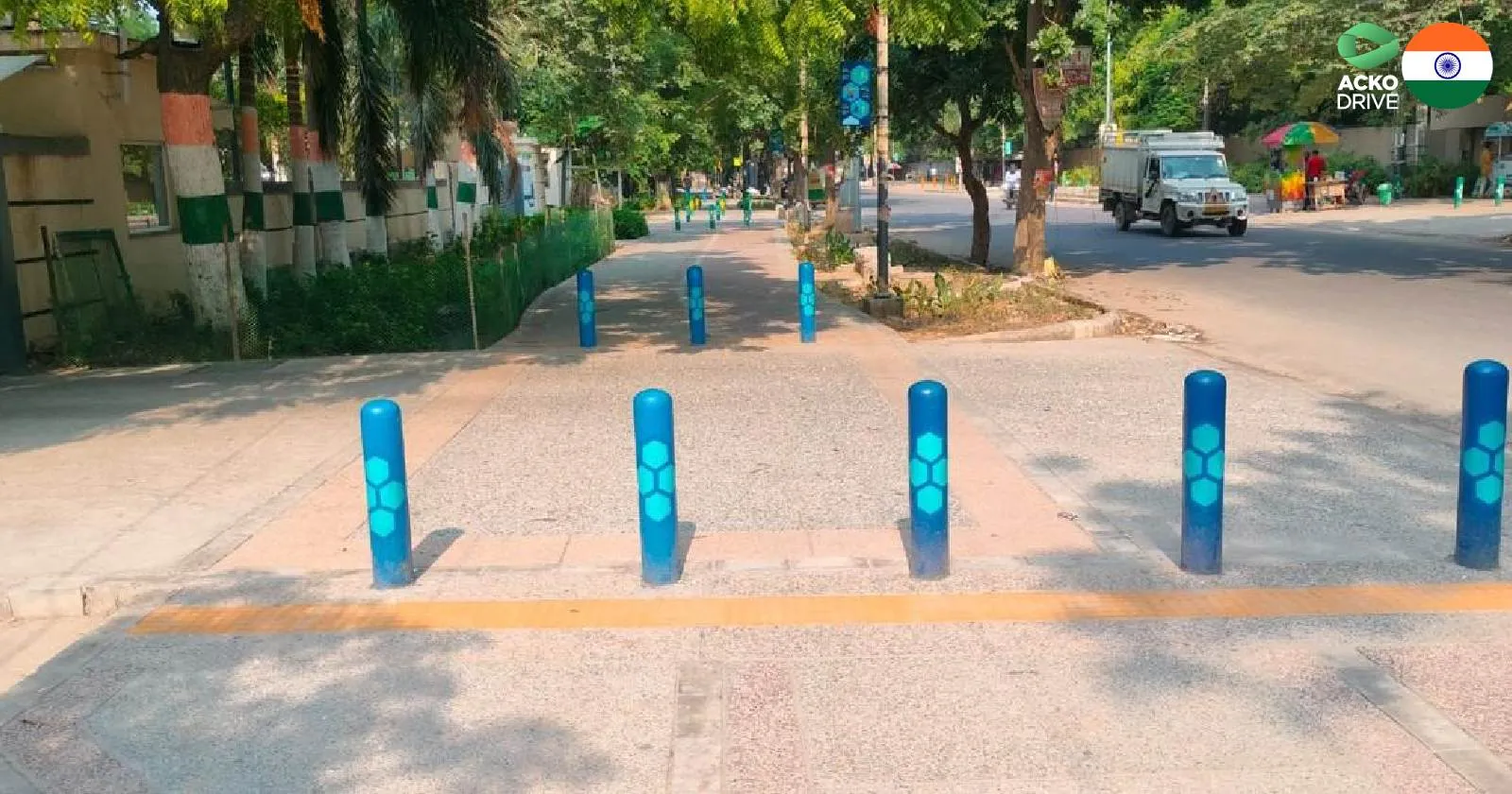
Home / Top stories and News / Independence Day Special: Right to Walk, Right to Live – Completing the Promise of Independence
Independence Day Special: Right to Walk, Right to Live – Completing the Promise of Independence
Published on 14 Aug, 2025, 11:11 AM IST
Updated on 15 Aug, 2025, 12:45 PM IST

4 min read
Top stories and News
Follow us on
Share Post

“To be free is not merely to cast off one's chains, but to live in a way that respects and enhances the freedom of others.”
— Nelson Mandela
Imagine you are a voter – newly enfranchised in a country that has just emerged from the shackles of colonisation. You’re filled with admiration and hope for the autonomy once stolen from you and now reclaimed. But this independence comes with one catch: you may be free, but only if you spend your entire life inside a 6-7 square meter metal box on wheels: a car. Can’t afford that? Then squeeze into a 1.5 square meter space on a two-wheeler. Worst of all, if you try to step outside – if you try to walk – your risk of a life-altering injury or even death is alarmingly high, as India has some of the most dangerous roads in the world, with one fatality every 3 minutes, and pedestrians accounting for 20 percent of these deaths.
Would you take this deal and still call it freedom?
You don’t have to imagine. This is the reality of our roads in India today.
As young citizens of this nation, it is disheartening to see how little attention is paid to our right to dignity and freedom – and nothing demonstrates this more than the lack of walking infrastructure. In a country where one pedestrian dies every 15 minutes, walking isn’t a right, it’s a risk. Yet, more than 60 percent of urban roads still lack usable footpaths. The loss we face is not just of life itself, but of the quality of our lives.
As a student in Grade 11, I cannot walk to school, which is just one kilometre away. I can’t step outside the gated community I live in, can’t visit a friend, can’t go to the library – can’t, can’t, can’t. The only option is to sit in a car – one I cannot even drive myself.
And yet, the right to walk safely is, in fact, protected by law. The Supreme Court recently reaffirmed that “the right to have unobstructed and disabled-friendly footpaths is guaranteed under Article 21 of the Constitution.” But rights mean little if they are not upheld. A glance out the window is enough to see how far we are from that reality.
Still not convinced? Here’s why walking infrastructure is essential for young people:
1. Connecting With Our Environment
We are constantly told by adults to “know our roots” – to remember where we come from. But how can we, when we don't even know our own neighbourhoods beyond the 14x25 inch view from our car windows? My relationship with my city is shaped by Google Maps and Instagram reels, not real exploration. Walking gives us something unique: it engages all five senses. It lets us experience our surroundings, not just pass through them. We build real community connections and absorb culture – food, music, architecture – in the way they were meant to be experienced: on the streets, together.
2. Supporting Mental Health
India is facing a growing youth mental health crisis, and poor public infrastructure is making it worse. When we are confined to our homes or reliant on cars, we become isolated. Walking – even short walks – boosts mental health by increasing serotonin and dopamine levels. But for that to happen, we need safe roads. Better walking infrastructure naturally encourages walking, and that in turn improves mental wellbeing, social interaction, and confidence.
3. Fighting Lifestyle Diseases
Countries like the Netherlands and South Korea have invested heavily in pedestrian infrastructure, and it shows. In India, 12.5 million children are overweight or obese. This isn’t just about appearance, it’s about real health risks: diabetes, hypertension, heart disease. Encouraging walking can integrate physical activity into daily life, without the need for gyms, expensive programmes, or treadmills. Walking with friends, to school, to shops –these small actions can make a massive difference to public health.
4. Ensuring Equality and Dignity
A girl my age, living halfway across the world, might have the same intelligence, privileges, and ambitions as I do but her life looks drastically different because her streets do. In Japan, she might have access to 150,000 km of sidewalks. I, meanwhile, have none nearby.
In the 1990s, India and China had similar GDP per capita. But while China has since built over 100,000 km of pedestrian-friendly streets in cities like Shanghai, Shenzhen, and Chengdu, India still lacks even basic footpaths on the majority of its urban roads. What excuse do we have left?
So I ask: Am I really a citizen?
If the course of my life – my choices, my passions, my health, even my basic rights – is constantly restricted, do I truly count as one? How can we truly thrive as a country when the safety and wellbeing of young people are not given the priority they deserve?
This is the very quality-of-life gap that causes so many of our brightest young minds to leave, seeking countries that do listen.
The excuses, the gaslighting, the denial – it must end. We cannot let our policymakers act like petty high-schoolers. We have the resources. We have the time. What we lack is the will.
As a proud citizen who respects the sacrifices made by our forefathers to win us this freedom, I call on today’s leaders to honour that struggle by upholding our right to walk with dignity.
Avira Bhatt is student of Grade 11 at the Heritage International Xperiential School (HIXS), Gurugram.
RecentTop stories and News
Mercedes-Benz Design Head Wagener Quits After 28 Years, Bastian Baudy To Succeed
Acko Drive Team 18 Dec, 2025, 4:03 AM IST
India at Dakar 2026: Sanjay Takale Announces Participation with Aerpace Racers
Acko Drive Team 17 Dec, 2025, 12:56 PM IST
ACMA, Spark Minda Host Tech Show to Strengthen Tier-2 and Tier-3 Supplier Capabilities
Acko Drive Team 17 Dec, 2025, 11:36 AM IST
Tesla Must Change Autopilot Marketing or Lose California Sales for 30 Days
Acko Drive Team 17 Dec, 2025, 10:11 AM IST
First Tesla Superchargers in Gurugram Now Operational
Acko Drive Team 17 Dec, 2025, 9:43 AM IST
All Top stories and News
Looking for a new car?
We promise the best car deals and earliest delivery!

Home / Top stories and News / Independence Day Special: Right to Walk, Right to Live – Completing the Promise of Independence